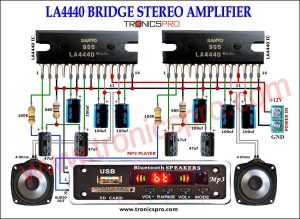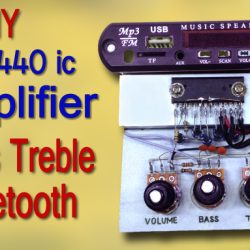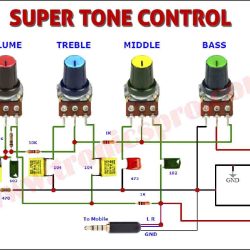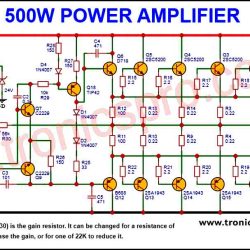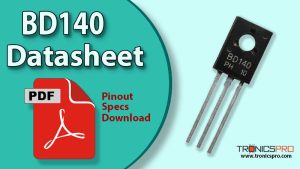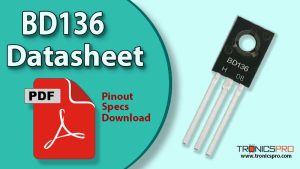Introduction
A 4-bit analog-to-digital converter is a device that converts an analog signal into a digital signal composed of four binary bits. It’s used in many different circuits and applications, such as audio equipment, voice recognition systems, or medical instrumentation. This type of converter is relatively easy to use and does not require any extra circuitry; it simply works by using comparators for voltage detection, which determine the binary reference points for the four-bit conversion. By providing stable references over time, the output will usually stay consistent—making it quite reliable. All things considered, this device has been an invaluable addition to circuit designs and provides a simple yet effective way of converting analog signals into digital signals.
Circuit Diagram
of 4-bit Analog-to-Digital Converter Circuit

74HC04 IC DEFINITIONS
Short-form specification:
The data in a short-form specification is extracted from a full data sheet with the same type number and title. For detailed information see the relevant data sheet or data handbook.
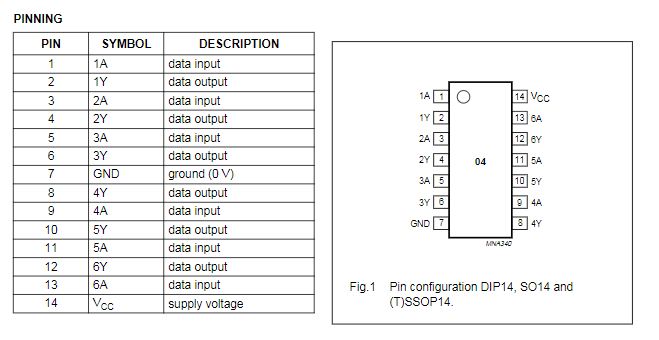
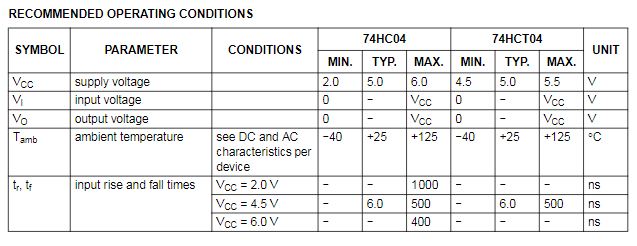
More Circuit Layouts
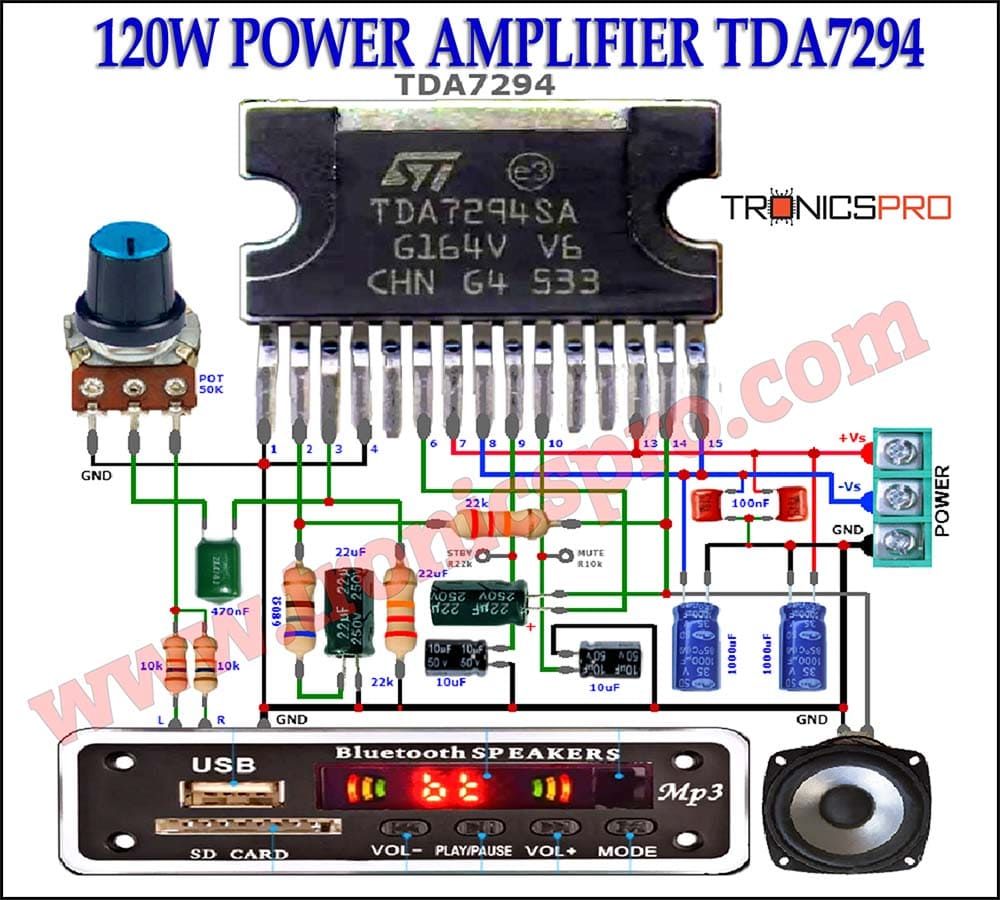
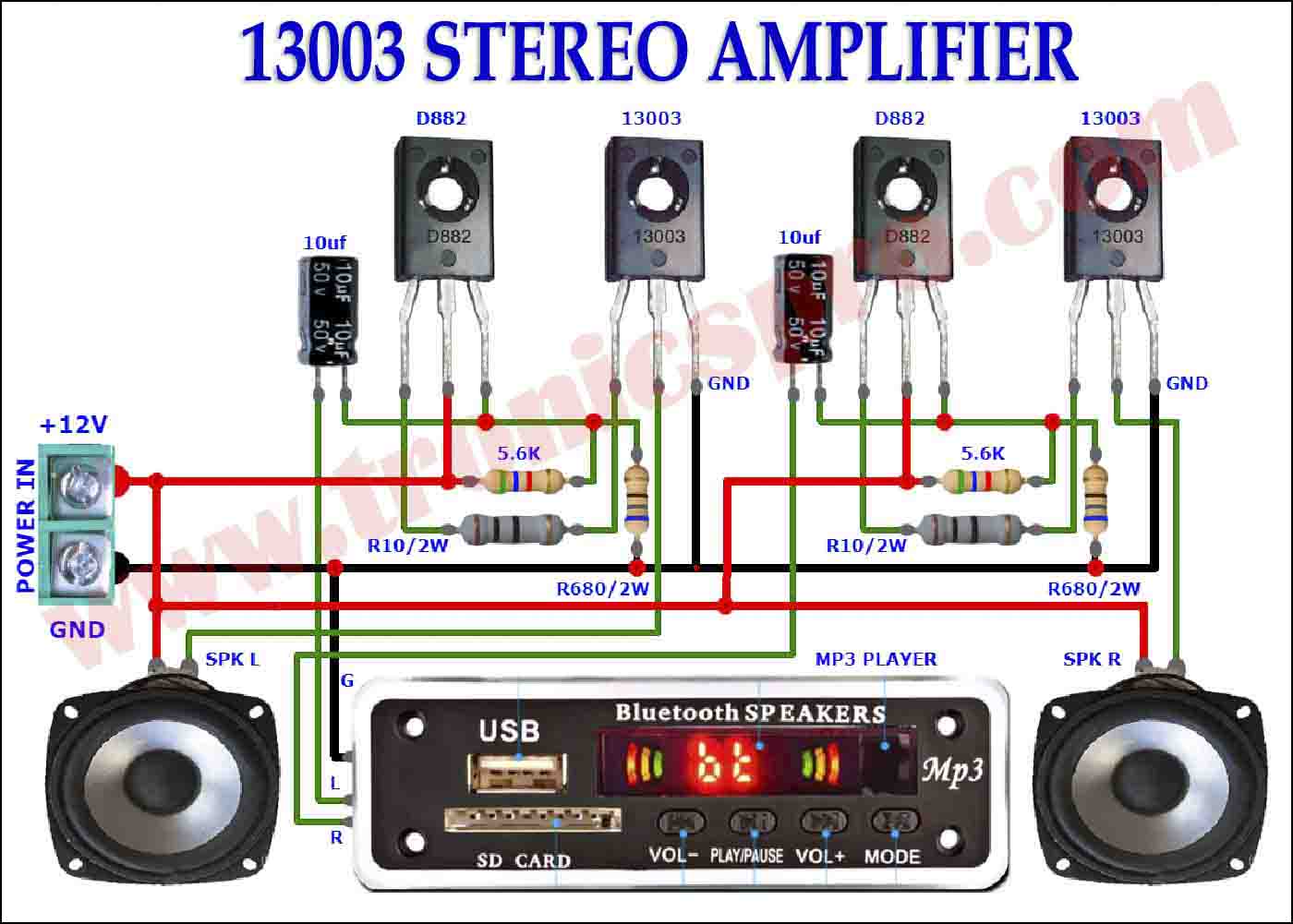

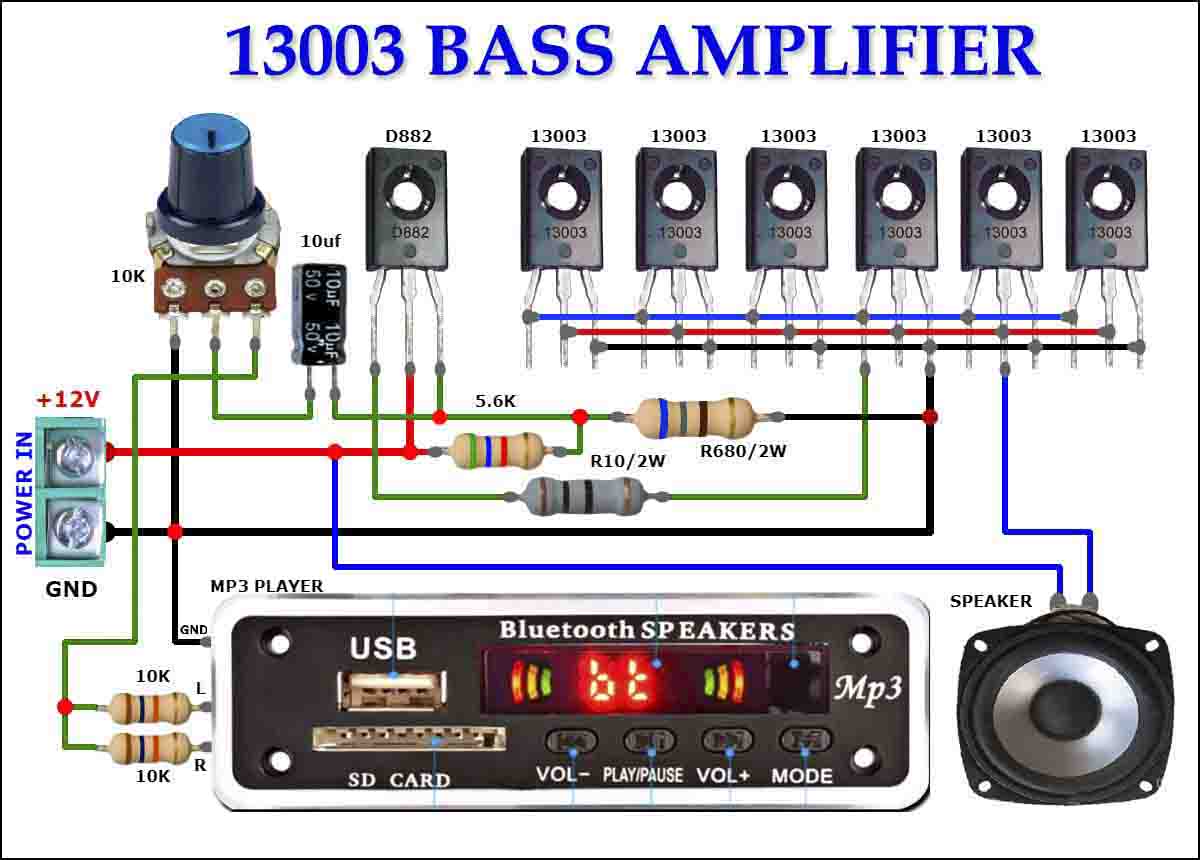
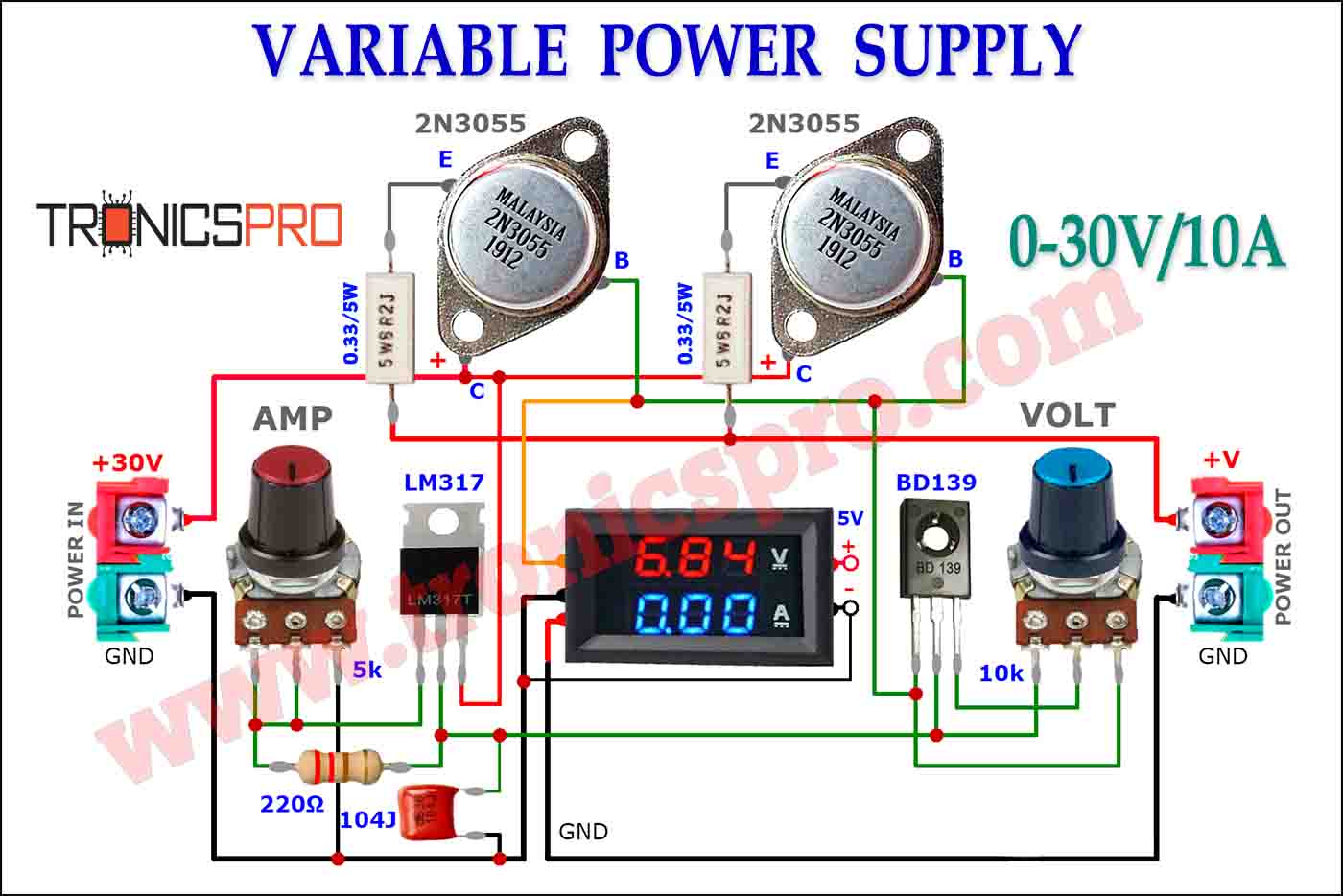
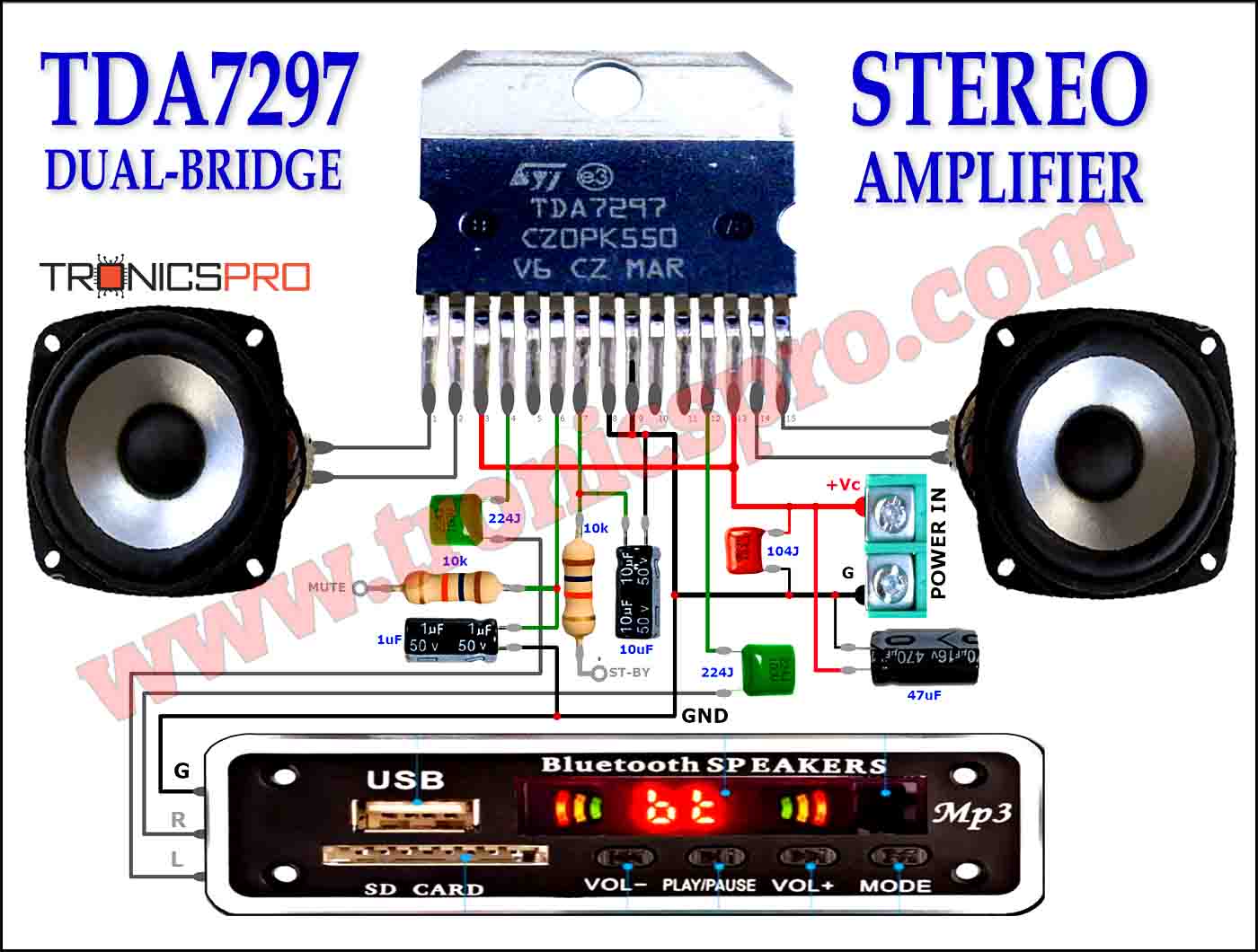

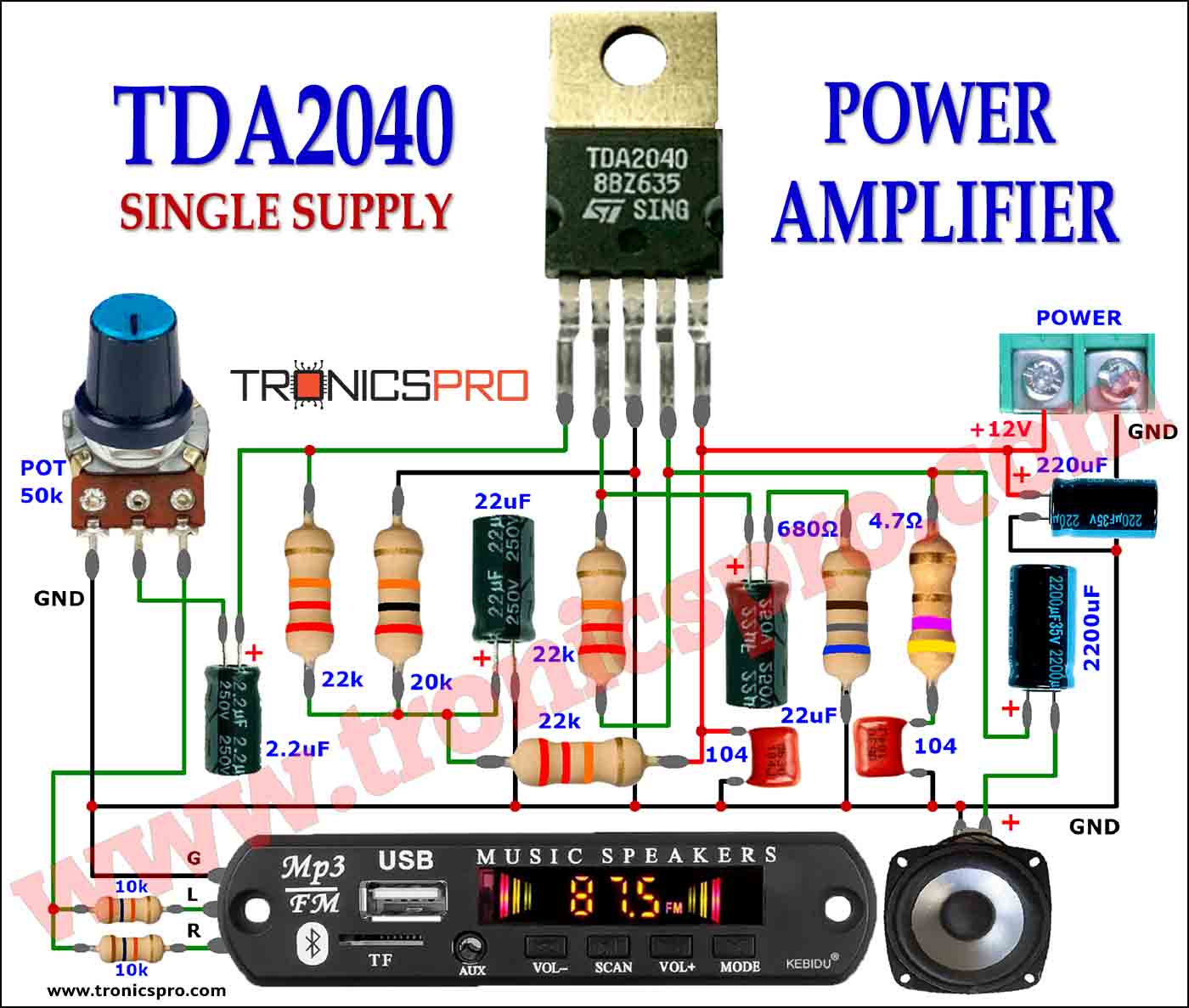
Limiting values definition:
The 74HC04 IC limiting values given are in accordance with the Absolute Maximum Rating System(IEC 60134). Stress above one or more of the limiting values may cause permanent damage to the device. These are stress ratings only and operation of the device at these or at any other conditions above those given in the Characteristics sections of the specification is not implied. Exposure to limiting values for extended periods may affect device reliability.

Working Explanation
of 4-bit Analog-to-Digital Converter Circuit
The operation of the converter is primarily based on the weighted adding and shifting of the analog enter degrees and the virtual output degrees. It consists of comparators and resistors. In the idea, the number of bits is unlimited, but each bit wishes a comparator and several coupling resistors. The diagram shows a 4-bit version.
The value of all the resistors used should meet the following standards:
R1:R2 = 1:2;
R3:R4:R5 = 1:2:4;
R6:R7:R8:R9 = 1:2:4:8.
The linearity of the converter depends on the degree of precision of the value of the resistors with recognition of the decision of the converter, and of the accuracy of the threshold voltage of the comparators. This threshold level must be identical, or nearly so, to half the delivered voltage. Furthermore, The comparators should have as low an output resistance as possible and as excessive an enter resistance with respect to the load resistors as possible. Any deviation from those necessities influences the linearity of the converter adversely. If the value of the resistors is not too low, the use of inverters with a FET (field-effect transistor) input ends in a close-to-ideal state of affairs.
In the present converter, complementary metal. Oxide semiconductor (CMOS) inverters are used, which, despite their low gain, deliver a reasonably suitable performance.
If preferred comparators are used, take into account the output voltage variety and make sure that the capacity at their non-inverting inputs is ready to half of the supply voltage.
If excessive accuracy is a should, comparators type tlc3074 or similar must be used. This type has a totem-pole output. The non-inverting inputs should be interlinked and connected to the junction of two 10 k2 resistors connected in series across the supply lines.
It's miles important that the converter is pushed via a low-resistance source. If important, this may be organized thru a suitable op-amp enter buffer. The converter draws a present-day not exceeding 5 mA.
More Circuits, You May Like:
Each of the following projects can easily be completed with readily available components, making them great starting points for budding engineers looking to hone their skills. All these projects are essential in order to understand various electronic basics and make it user-friendly and easy to understand too.
Conclusion
Concluding, a 4-Bit Analog-to-Digital Converter is an essential and useful piece of technology in many applications. With its ability to efficiently convert analog signals into digital signals that can be used by a computer or other device, this converter has become an invaluable asset for a variety of industries. By giving power and accuracy to various devices and products, 4-bit digital converters have been able to bring the concept of data exchange regarding analog signals into many different contexts. For anyone looking to take advantage of the capabilities and possibilities offered by modern electronics, investing in a quality 4-bit ADC would be a wise investment.









